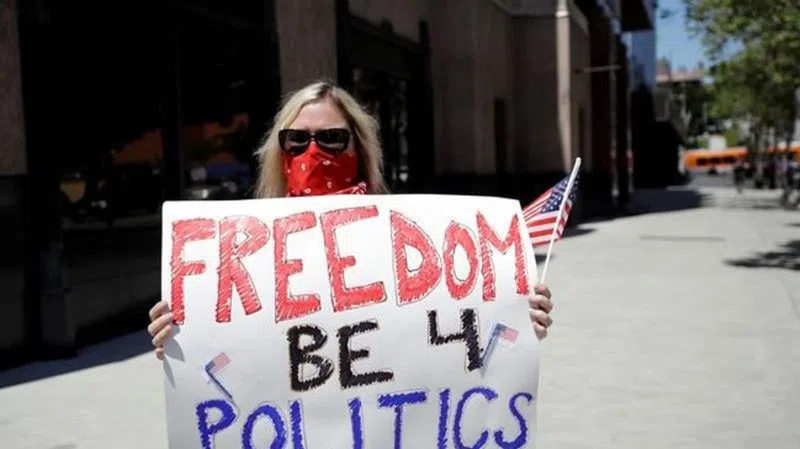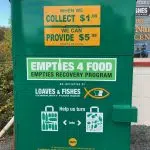
California takes small step toward reopening amid outbreak
SACRAMENTO, Calif. — California Gov. Gavin Newsom relaxed his stay-at-home order on Wednesday to let hospitals resume elective surgeries, a move that will send many thousands of idled health care employees back to work as the state takes a cautious first step toward restarting the world’s fifth-largest economy.
While only a narrow opening, it was a significant milestone because just three weeks earlier Newsom had the same hospitals preparing for a worst-case scenario that could see them overwhelmed to the point that tens of thousands of additional beds would be needed to handle the overflow of patients.
Cases continue to grow in California. But it’s at a manageable pace as the state’s 40 million residents live under a stay-at-home order that has closed schools, beaches, parks and most businesses while cancelling things like concerts and sporting events to prevent the spread of the disease.
Newsom’s order took effect immediately and left it up to local governments and individual hospitals to determine how and how soon to resume elective surgeries for heart and cancer patients, among others.


